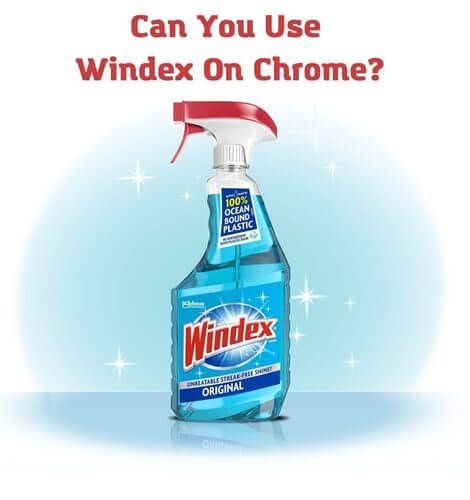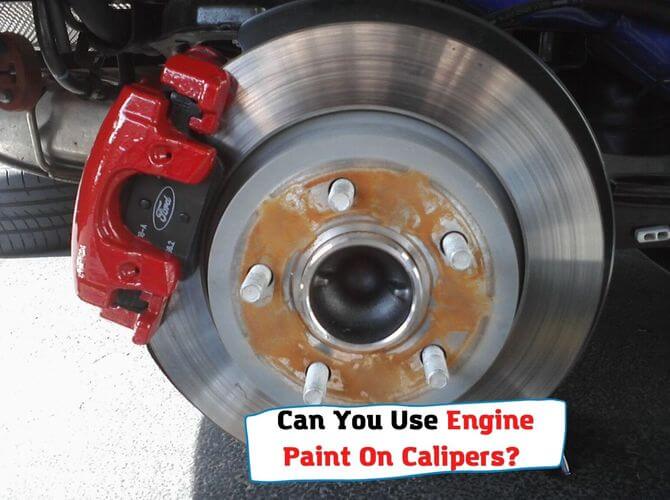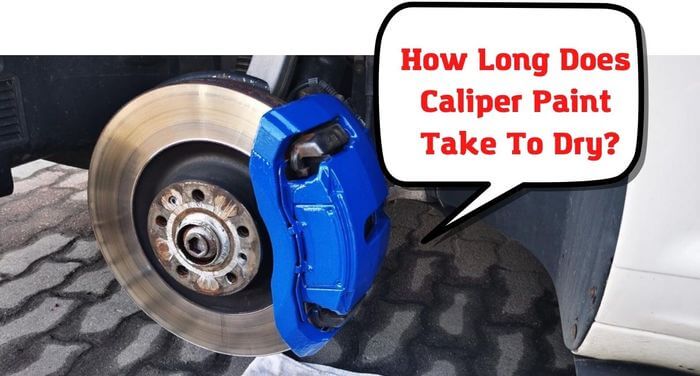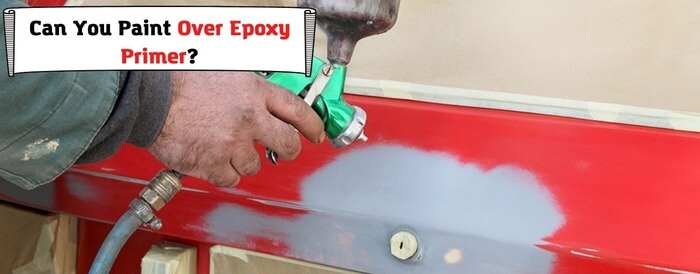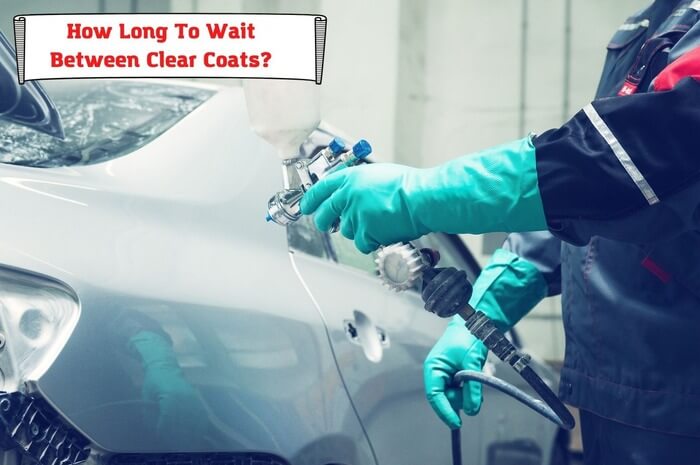
Clear coats play an essential role in protecting your car’s paint from damage and extending the base color’s lifespan and durability. That means if the clear coat gets damaged, it may cause the paint to start peeling away or fading and other unwanted effects.
Hence, it is vital to understand how to apply and maintain clear coats properly. Read on to find the ideal time to wait when applying clear coats.
What is the perfect time to wait between clear coats?
It would be best if you only waited for a minimum of 30 to 40 minutes before applying a clear coat. That ensures that your base coat does not stay exposed for too long, which could cause contaminants like dirt to spoil the paint. If that happens, you must scrub the base off, apply a new base coat, and then the clear coat after at least 30 minutes.
What will happen if you spray clear coats later than half an hour?
You will experience several drawbacks if you wait too long before applying the clear coat. The first notable drawback is that the gloss level of the paint will be negatively affected. For instance, if you add a clear coat after one day, you will paint on a significantly dry surface, reducing penetration and blending.
Another huge drawback is that you will not get the necessary defense against the weather elements if you take too long to add the clear coat. Moreover, the final paint finish will lack sufficient shine and gloss. Hence, you must always ensure that the clear coat is added to the base within the recommended half an hour.
What is the ideal number of clear coats to spray on your vehicle?
It would help if you aimed to apply a minimum of three clear coats to your car to enhance the paint color, add more gloss and safeguard the paint from human and weather elements. Give an average waiting time of at least 10 minutes between the three layers of clear coat.
However, that time may vary depending on conditions like humidity and temperature in your area. Remember to spray the next clear coat once the previous transparent layer has dried and is no longer wet to touch.
What is the average curing time of clear coat over paint?
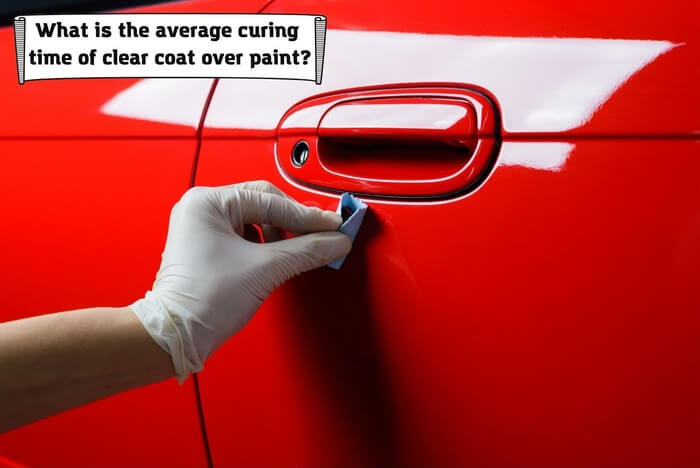
A clear coat typically cures after two days or 48 hours. Experienced car detailers will often advise users to avoid washing the vehicle for around one week to give sufficient time for the paint and clear coat to harden completely. Hence, if you wish to get and retain that sharp finish, then give your clear coat sufficient curing time before taking your vehicle outdoors.
Should you sand the car before spraying on the clear coat?
Wet sanding your car can help to ensure that your transparent coat layers will effectively adhere to the underlying base coat, particularly if you intend to wait longer before applying the clear coat. Although it allows you to wait longer, the extra step of wet sanding introduces another stage in the painting process. Alternatively, you can stick to the recommended way, requiring minimum effort and producing better results.
Can you mix the base paint with a clear coat?
Some people opt to mix their base and transparent coat paints to quicken the process of painting the car. Nevertheless, although it may seem convenient, this method is not recommended unless you wish to use single-stage vehicle paints. Remember that mixing the two paints might give your finish more depth and character, but the outcome will lack adequate protection. However, if you wish to use the traditional two-stage car paint, you must follow the manufacturer’s instructions, which means applying the base coat followed by a clear coat.
Can rain damage your base coat after painting?
If your base coat layer has completely dried, there is a limited likelihood that rain exposure will affect it. Adding a clear coat is essential as it guarantees more protection against weather elements like rain. For example, if the rainwater contains acid pollutants, it can harm a freshly painted coat of base paint. The best way to protect your car is to ensure the clear coat is added as soon as possible.
Should you add a clear coat over another layer of clear coat?
The decision to add more layers of transparent paint coat will be determined by the state of the current clear coat. You can do light wet sanding on the earlier coat and then apply a new transparent coat layer. In contrast, if the former clear coat has been worn out, then you must remove it to restart the clear coat application process from scratch. In general, you can get better results by waxing and polishing your current clear coat, particularly if it is still looking good.
Can you add a clear coat layer after seven days?
The primary premise of a clear coat layer is that it works by effectively penetrating the base paint so that the two coats can form a strong bond before curing. After seven days or one week, your car’s base coat has completely cured, and there’s no further opportunity for penetration by the new clear coat.
If you have waited too long, like in this case, it is best to start with sanding to prepare the surface. That way, you can guarantee a better likelihood of your clear coat layer sticking onto the underlying base coat paint. However, to minimize the risk of a poor paint job, it is always best to stick to applying the clear coat after just thirty minutes of the base coat.
When should you apply a hardener when painting clear coats?
You must apply an activator or hardener every time you spray clear paint on an underlying base coat. The work of the hardener is to improve the drying time and make sure that the clear paint cures quickly. Use a ratio of 1:4 for the hardener and clear coat.
How to apply a clear coat?
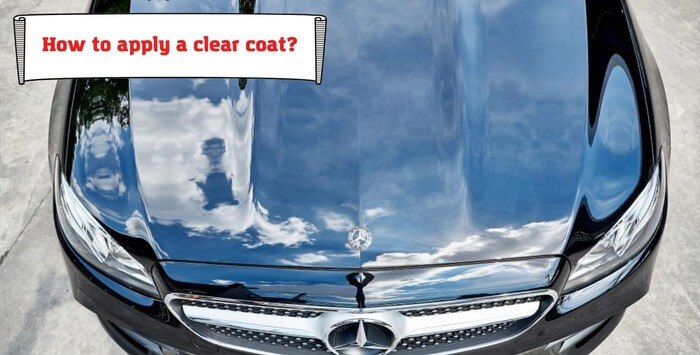
Below is a simple guideline for when you need to paint a new layer of clear coat.
Inspect your car
Start by thoroughly inspecting your car to confirm whether it needs a new layer of clear coat. Check for signs of paint peeling on the vehicle, particularly around the top exposed parts of the car, like the hood. In most cases, you can see the damage since the area will look different, often with patchy or faded base paint.
Avoid picking the paint
While this point of not picking the paint may seem straightforward, most people try removing the peeled paint with their hands. However, that is the wrong approach since you must always use the correct method to guarantee that you can eliminate the damaged coat without adding further damages. Therefore, you should use professional tools like sandpaper to address the affected areas effectively.
Sand the area
Sanding is one of the best methods of grinding down and eliminating the peeling clear coat. Remember to wipe the area afterwards before spraying your new clear paint to make it smooth and avoid dirt marks.
Practice first
If it is your first time applying a clear coat, you should try practicing before spraying it on your vehicle. Try out your spraying skills on pieces of unused scrap metal to get a feel of the product and the best application method. Practicing first enables you to improve your skills to spray the clear paint evenly while covering each part of the car.
Avoid rushing
Apply the clear coat slowly and take enough time to cover the entire car. Some people wrongly think that you should move the spray as quickly as possible. However, the best strategy is to move slowly and use an overlapping coverage for an even result. Although clear coat layers must be thin, they must have sufficient coverage to minimize holes within the different layers.
Use multiple layers
Add three or more thin and smooth layers of clear coat. The first coat should be done within half an hour of painting the base coat. Meanwhile, the second coat must be at least ten minutes after the first clear coat layer.
Conclusion
An essential point about car painting is that all coats must be applied at specific intervals to ensure that the different paints can completely dry simultaneously. For instance, if you spray a clear coat after an extended dry period, then the coat may not adhere well, while a short dry will not give you a good level of sheen and gloss.
Therefore, you must always pay close attention to the manufacturer recommended durations when applying clear coats once you have finished spraying your base paint. As mentioned above, you shouldn’t wait for more than half an hour before putting on the clear coat. Furthermore, give roughly ten minutes between each new layer of clear coat.
- Shellac Over Mineral Oil – Possible? We’ve Conducted Experiments - January 29, 2022
- Mixing Primer with Texture. And Some Mistakes You Might Make - January 28, 2022
- Acrylic Enamel Reducer Substitute. Safe Testing And Proper Application - January 22, 2022
